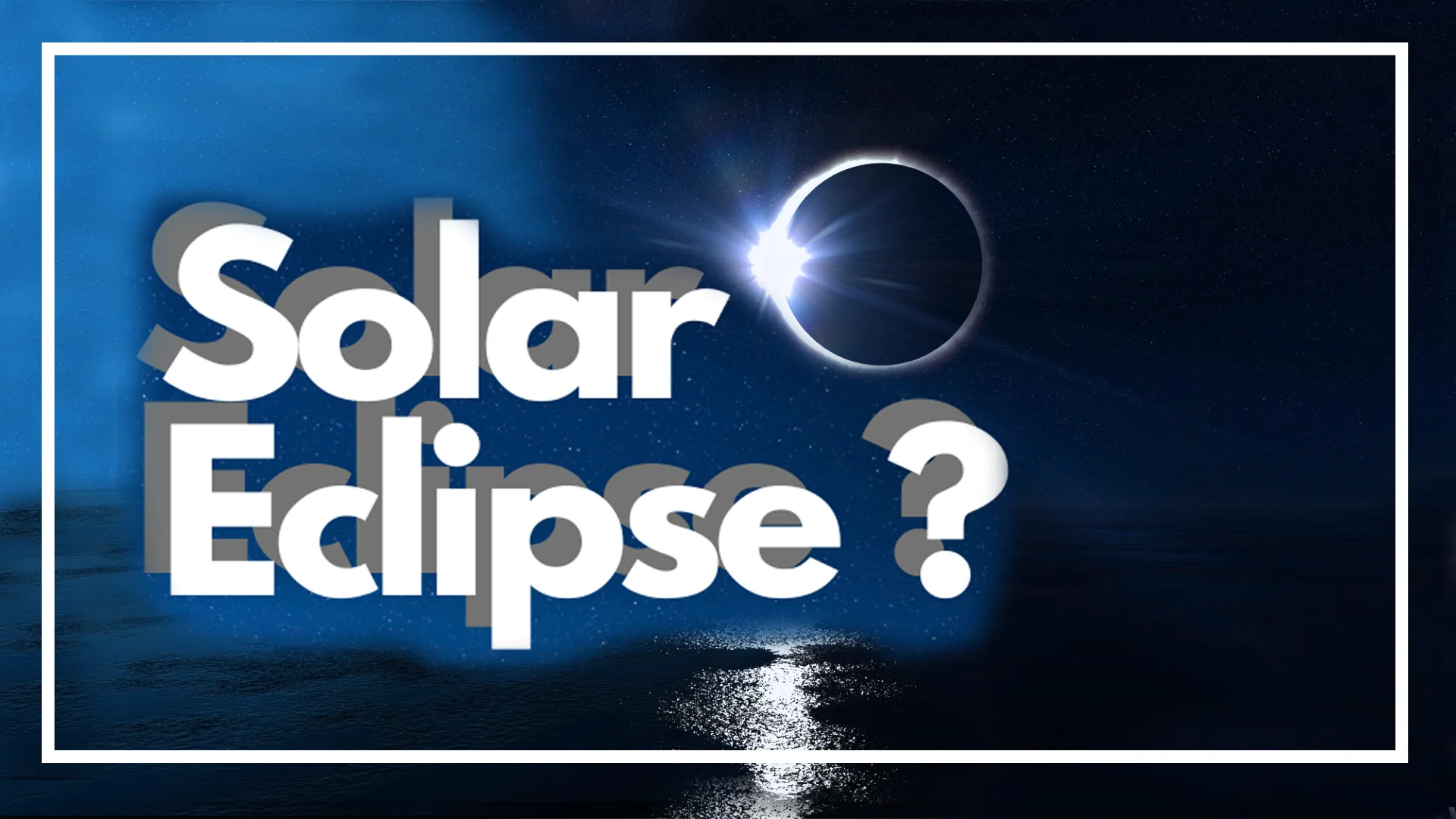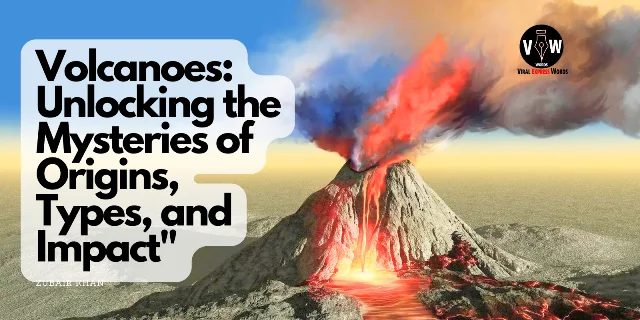![]()
What is a solar eclipse, and what is its history?
Introduction:
This blog post explores the history and perception of Solar Eclipse and sun-fueled shrouds, highlighting their inspiration and magic when the moon blocks the sun. It also discusses the progress made by artificial intelligence in understanding and anticipating shrouds, particularly in 2023, highlighting the fascination with these ancient objects.
What Takes Place in an Obscuration Caused by Sunlight
When the moon moves between the sun and the Earth, it creates a solar-oriented eclipse, which casts doubt on Earth. Because of this celestial configuration, the sun seems partially or completely obscured, providing observers on Earth with an amazing display. The three types of sun-oriented shrouds obscure the sun to varying degrees and are known as annular, fractional, and aggregate.
Put simply, what is overshadowing caused by sunlight.
A sun-oriented shadowing is when the moon moves in front of the sun, blocking its rays and casting a shade on the earth’s surface are called Solar Eclipse. This oddity arises from the Earth’s and the moon’s circles adjusting to cast the moon’s shadow on the planet.
What Causes a Solar Eclipse
A sun-powered shadowing can happen because of the unique way the sun, moon, and Earth are lined up. When the moon is directly between the sun and Earth, it blocks some parts of the earth from getting daylight, creating a sun-powered shadowing. This alignment typically happens during the new moon phase.
How Long is a Solar Eclipse
There are a few things that affect how long a sun-based shadowing shift lasts. These include the type of cover and where on Earth the witness is located. Some eclipses, like annular and partial, can last for hours. On the other hand, full sun-based shrouds, which block the sun fully, might only last a few seconds.
How is it possible to perceive an eclipse cast by the sun?
When you see an overhang facing the sun, you should take the necessary safety measures to protect your eyes from damaging UV radiation. It is anticipated that individuals could privately view the event by using sun filters or professional overshadowing glasses. Pinhole projectors and other circumstantial survey techniques provide a safe option for seeing the shroud without looking directly at the sun.
What inspired the name Eclipse?
“Obscure” is derived from the Old Greek word “ellipsis,” which means “deserting” or “the spurning.” This illustrates how the moon’s shadow appropriately hides the sun during its brief disappearance during a solar-based overcast.
Who First Predicted a Solar Eclipse
Ancient civilizations like the Babylonians and Chinese predicted sun-oriented shrouds due to their understanding of the universe. Greek rationalist Thales predicted an obscuration as early as 585 BCE, making it the oldest known anticipation of sun-based shadowing.
When Was the Solar Eclipse First Documented
Sun-powered cloaks have endured for thousands of years. During the Shang Line period in 2137 BCE, historians credit the ancient Chinese with one of the earliest documented understandings of a sun-based calendar.
Artificial Intelligence’s Role in 2023 in Comprehending Sunlight-Based Obscurations
Recently, artificial intelligence has transformed astronomy and stargazing, revolutionizing the field of artificial thinking. By 2023, artificial intelligence will play a significant role in advancing understanding. Sunlight-based shrouds might be interpreted using intricate predictive algorithms and data analysis techniques.
Researchers actively employ artificial intelligence to predict the date, duration, and shape of solar eclipses, facilitating the study of their impact on Earth’s biological and atmospheric systems. AI-powered simulations also allow researchers to recreate solar eclipses in virtual environments, providing valuable insights into celestial events.
Conclusion:
In 2023, researchers actively explored sun-powered shrouds, celestial artifacts inspired by planetary dances, using artificial intelligence for interpreting and predicting eclipses. As scientific advancements continue, we can expect further insights into these shrouds and their profound impact on our understanding of the cosmos.
Italy Giorgia Meloni Husband Hot Political Maestro
|
FAQs :
What happens when there is overshadowing caused by the sun?
When the moon moves in front of the sun and the Earth, it creates a solar-powered eclipse that casts doubt on our planet. With this configuration, the sun appears partially or fully obscured, creating a stunning visual display.
In plain English, how would we describe a sun-based overshadow?
To put it simply, a solar powered obfuscate occurs when the moon passes between the sun and the Earth, preventing light from entering the day and casting doubt on the surface of the planet.
What triggers a solar-based eclipse?
The order of the sun, moon, and Earth causes a cloud powered by the sun to happen. At the point when the moon is straightforwardly in accordance with the sun and Earth, eclipse happens. This makes specific pieces of the planet tough to reach by light.
How much time does an obscurity caused by sunshine last?
The duration of a solar eclipse varies depending on factors such as the type of eclipse and the observer’s location. Total sun obscurations endure just a few seconds, although intermediate and annular obscurations may last for many hours.
How might we safely see an eclipse based on light?
It is essential to take precautions to protect your eyes from harmful solar radiation while studying sun-facing shadows. We recommend using specific obscuration glasses or solar filters for viewing the sun safely. Indirect viewing methods like pinhole projectors can also provide a safe way to observe the eclipse.
What meaning does the term “overshadowing” convey?
The term “overshadow” originates from the ancient Greek word “ellipsis,” which means “the spurning” or “relinquishment.” This describes the sun briefly disappearing during a solar eclipse when the moon’s shadow hides it.
Who predicted the occurrence of a solar eclipse first?
Ancient civilizations such as the Babylonians and Chinese actively predicted solar eclipses, with the oldest known anticipation of such events dating back to the work of the Greek philosopher Thales in 585 BCE.
When did the most recent known instance of a sun-controlled obscuration occur?
Throughout history, observers have documented solar eclipses, attributing one of the earliest recorded observations to the ancient Chinese during the Shang Dynasty in 2137 BCE.
Read More about: Solar eclipse – Wikipedia
























Add Comment